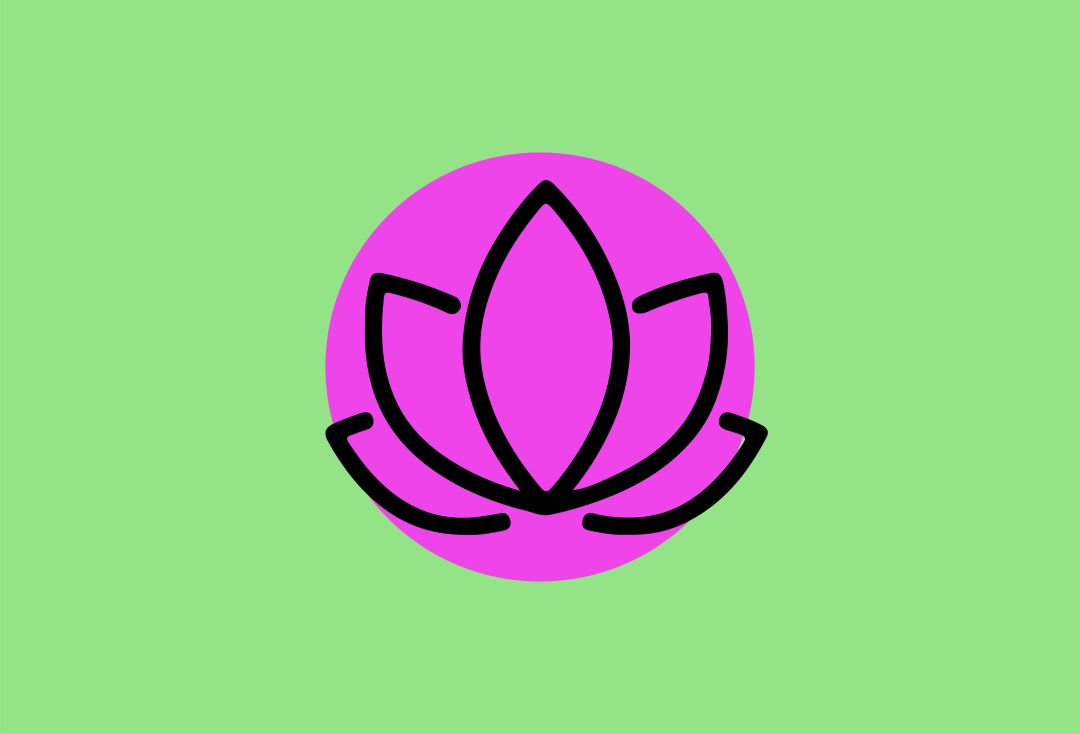What Types of Massage Are Best for Relieving Pain?

Image: Kari Perrin
If you are in pain, receiving a massage from an expert can feel like a lifesaver. Sarasota massage therapist Diane Lane works with clients who are recovering from surgery, injuries or chronic pain, and are in need of different types of massage than the traditional Swedish or deep tissue. Myofascial and lymphatic drainage are two types of massage that reduce pain and swelling, helping the body heal.
"Myofascial release massage has been around for a long time," says Lane. "It consists of pulling the skin in various directions to release tension in your muscle fibers or fascia, or connective tissue in the body."
Lane says that when someone is recovering from surgery or an injury, fascia and muscle fibers can become tight and twisted, which affects one's overall body structure. Myofascial release stretches those areas, providing relief from pain and healing scar tissue.
"I work with many women who have had C-sections, and they are looking to have their scars reduced," says Lane. "The treatment works well for not only deeper muscles, but for the surface of the skin, too."
Myofascial treatments take from 45 minutes to one hour for each session, and can be received an unlimited number of times. The massage is not painful, and involves a warmup and cool-down that include stretches to help clients keep from getting sore. The most common places to receive myofascial release massage include the legs, arms, abdomen and back.
"Lymphatic drainage massage is another type that helps reduce swelling in the body, and get the lymphatic system to work more efficiently in the body," says Lane. The massage consists of a series of downward pressing motions, starting at the jawline, where the mother lymph exists, leading to the major lymph nodes in the body on the head, neck, underarms and legs. Fluids like lymph fluid and lactic acid are directed to the lymph nodes, where they can be properly processed and released from the body through sweat, etc.
Lane says lymphatic drainage is helpful for those suffering from chronic pain conditions like fibromyalgia or swelling. People who have recently undergone surgery and are suffering from water retention can also benefit. The treatment also takes between 45 minutes and one hour, depending on the client's needs, and can be received as needed.
"I most recently had a client with prostate surgery, and have several clients that have gotten plastic surgery, and they are still wearing pumps that drain fluid post-surgery," says Lane. "It's amazing how quickly the pumps fill up while on the table receiving the treatment. It works quickly."
Can either massage help boost immunity? Lane says clients have become more interested in lymphatic drainage massage during the Covid-19 pandemic because the treatment is believed to boost immunity and reduce stress levels. However, there is not much research indicating how much it can really boost your immune system. Both treatments work best for those in pain, swollen and in need of relaxation.
Are there tips for recovering after the massage? Lane says putting ice on sore areas can be helpful, but if you are leaving the massage feeling like you need another, something might be wrong. "Over my years of practice, I've noticed that people become pain junkies, and believe that if they don't feel pain during the treatment, they are not receiving its benefits," says Lane. "My philosophy is: If you are able to relax, breathe and not feel pain, the treatment was more effective."
There is no standard insurance coverage for massage therapy, however there are some companies that will partially cover the treatment or offer reimbursement if the treatment is deemed medically necessary. Medicare does not cover massage therapy.
"Massage helps you become more aware and present of your body," says Lane. "You may notice more aches, pains and tender spots when receiving a treatment due to muscle stiffness or injury, so it's a great way to recover physically and mentally."



